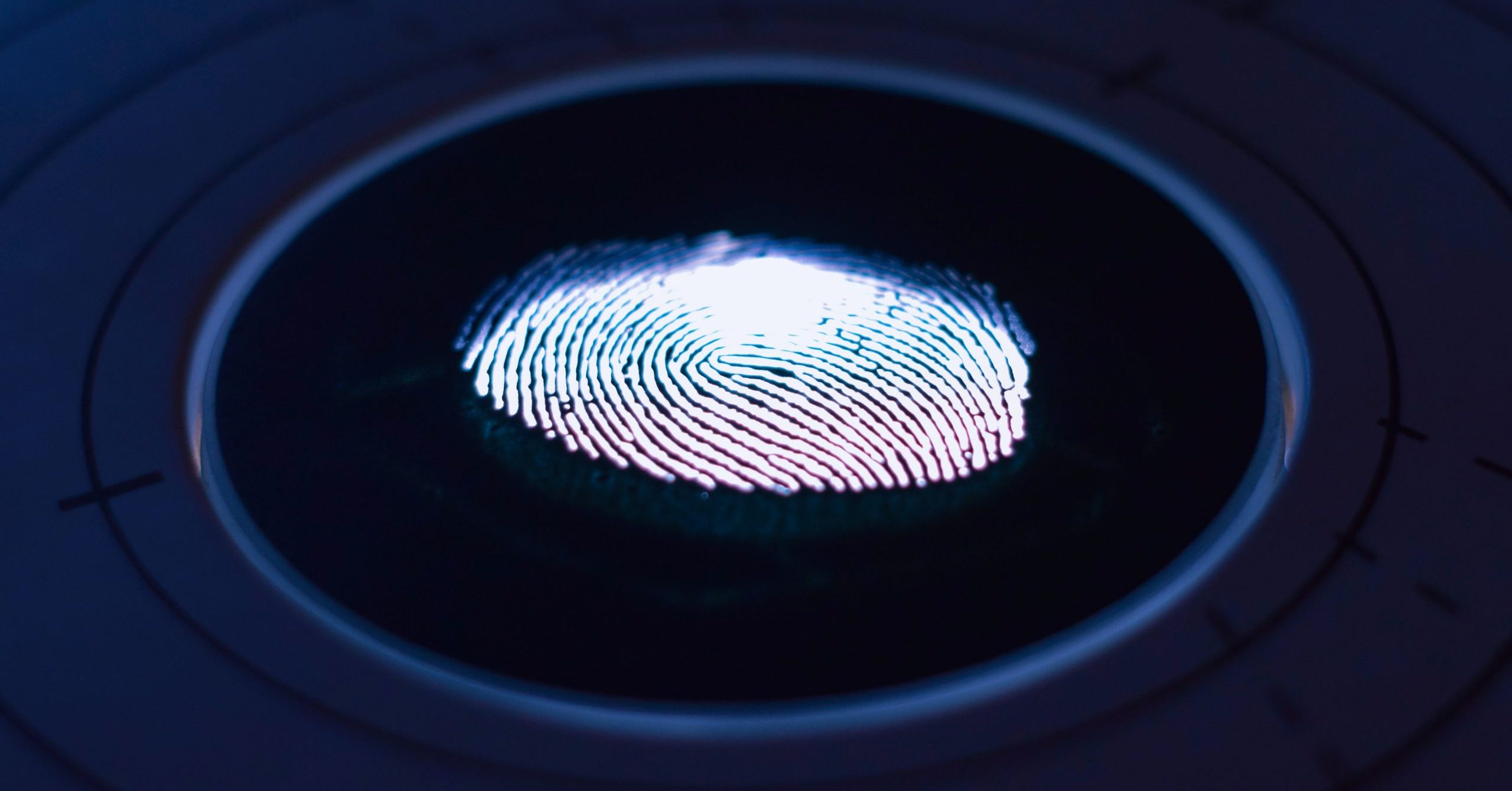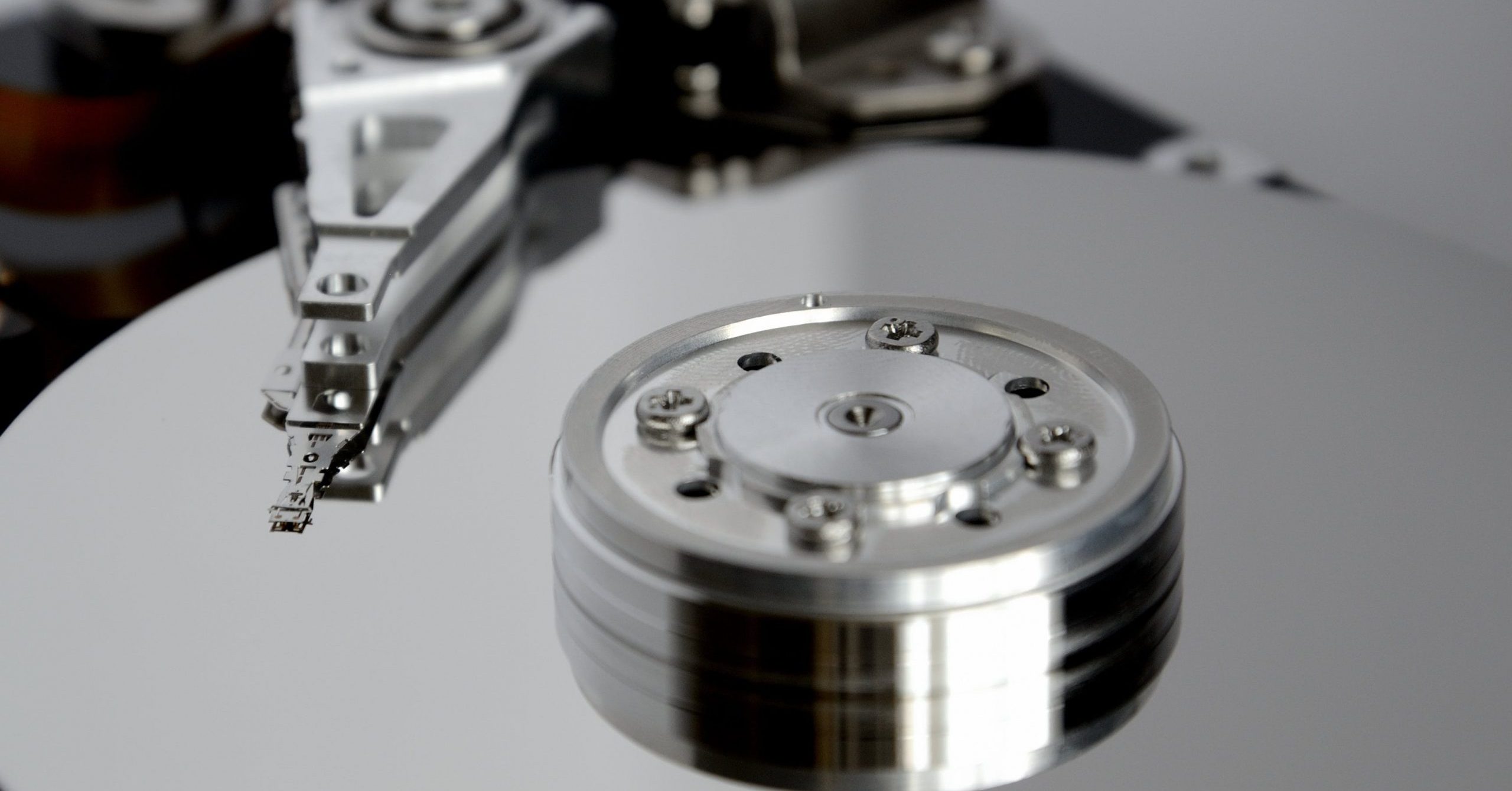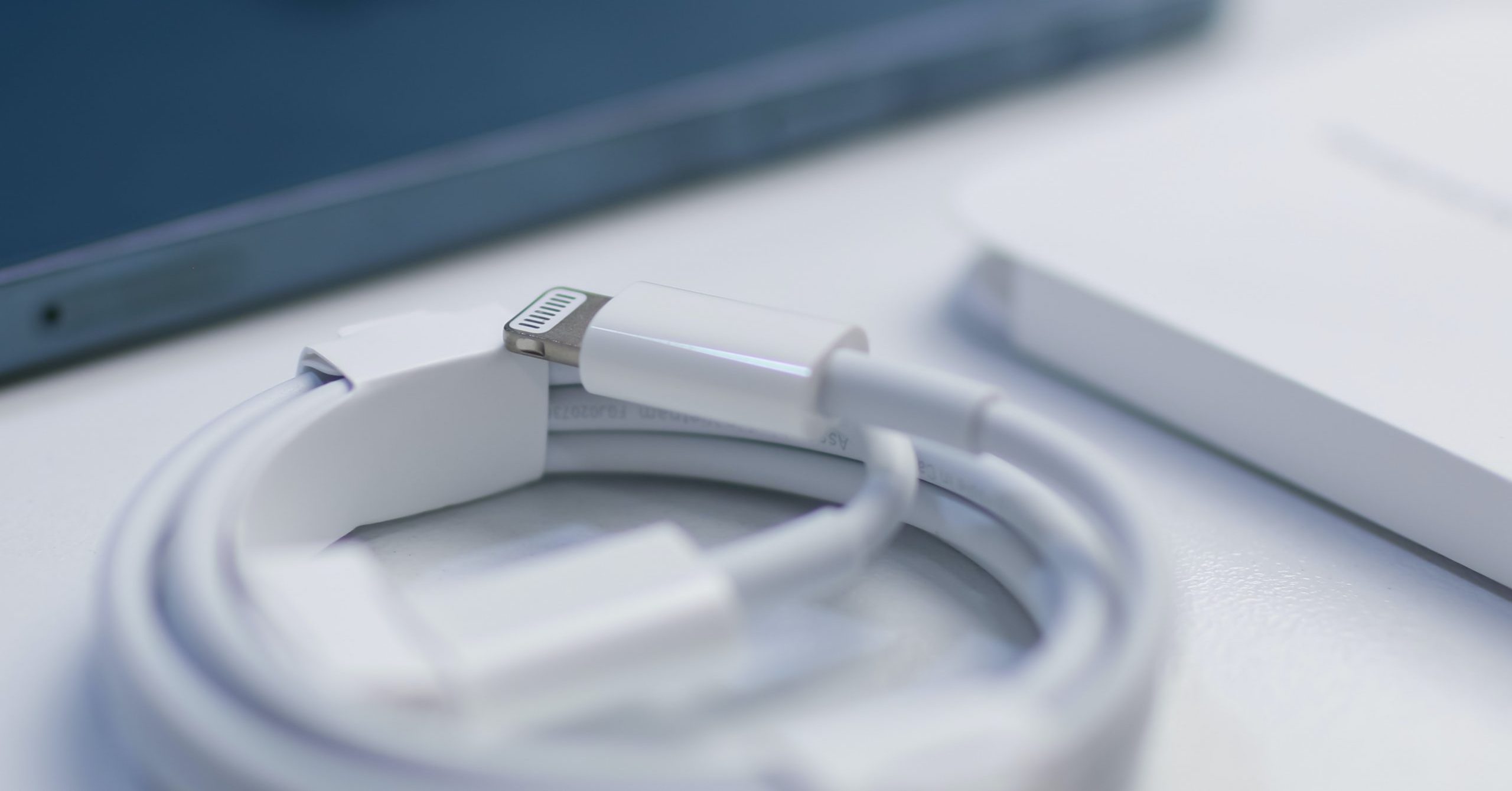By John Ahearne, Forensic Analyst When data is is needed for use as evidence, it…
Managing the CSI Effect in Jurors

Originally published by the American Bar Association.
By Katie L. Dysart – May 28, 2012
The now-ubiquitous term the “CSI Effect” has been used to describe the phenomenon whereby high-tech, forensic science dramatized in television crime dramas such as CSI, Law & Order, and Forensic Files theoretically promotes unrealistic expectations among jurors of how apparently clearly and definitely forensic evidence can determine innocence or guilt or, from the perspective of the civil litigator, causation or liability. CSI, a hit CBS television series that first appeared on the small screen in October 2000, has more than 67 million viewers a week, and the franchise has spawned a national obsession with forensic science, from an interactive educational exhibit opened in Times Square to an increase in forensic science degrees. See Max M Houck, “CSI: Reality” [PDF], Scientific American, July 2006 at 85; see also Claire Sanders, “Forensic Courses Cut Open for Analysis,” Times Higher Educ., May 2, 2003, at 8.
As indicated in a study by Donald Shelton, the problem is not specific to CSI or related programs, as the “tech effect” is derived from the evolution and advancement of modern technology. Donald E. Shelton, Young S. Kim, and Gregg Barak, “A Study of Juror Expectations and Demands Concerning Scientific Evidence: Does the ‘CSI Effect’ Exist?” 9Vand. J. Ent. & Tech. L. 331, 334 (2006).
So the question remains: How does the CSI Effect impact jurors in both the criminal and civil context? Is this high-tech evidence expected or demanded by our jury system in all cases, and if so, how can jurors’ expectations be managed by the advocates?
How Does the CSI Effect Influence Jurors?
The CSI Effect has purportedly led to jurors’ unreasonable demands for definite physical evidence at trial. The vice president of the National District Attorney Association said, “Jurors now expect us to have a DNA test for just about every case. They expect us to have the most advanced technology possible, and they expect it to look like it does on television.” SeeHouck, supra. The CSI Effect has perhaps rewritten the standard burden of proof in the criminal context from “beyond a reasonable doubt” to “beyond any doubt.” In other words, it is completely dependent on seemingly error-proof forensic, scientific, technological evidence. In the civil context, jurors’ expectations for CSI-like evidence may effectively raise the standard from “beyond a preponderance of the evidence” to a standard more akin to that in the criminal context. In much the same way that today’s consumer expects a cell phone to operate on voice command, today’s jurors expect the introduction of evidence packed with modern science and technology in trials. These high expectations result in part from the amalgamation of public awareness, use, and availability of modern science and technology derived from a variety of sources, including, but not limited to, mass media.
For instance, take the example of a recent, high-profile murder trial. If you were not living under a rock during the summer of 2011, you are familiar with the Casey Anthony trial for the murder of her two-year-old daughter, Caylee Marie Anthony, and the subsequent outrage regarding the not-guilty verdict. Despite being built on circumstantial evidence, the prosecution presented a seemingly iron-clad case for at least one guilty verdict of the three major offenses. Within seconds of the outright acquittal, the assembled media advanced the explanation that the acquittal was due at least in part to the CSI Effect. In fact, one of the jurors on the Casey Anthony case indicated there was not enough physical evidence to find her guilty.
A troublesome aspect of the CSI Effect is that some of the technology jurors may have come to expect may not exist, and, even if it does exist, availability does not correlate with admissibility. Advocates are limited by certain legal norms in court, specifically, the U.S. Supreme Court’s landmark decision in Daubert v. Merrell Dow Pharmaceuticals, Inc., codified in Federal Rule of Evidence Rule 702, which set the framework for the admissibility of scientific and expert evidence. The CSI Effect is said to cause jurors to automatically attach reliability and relevance to high-tech evidence to the point that they are unwilling to divorce their preconceived notions from whether the evidence is in fact reliable and admissible under the legal rules or jurisprudence.
The CSI Effect does not operate only in criminal cases. While it is typically referred to in the context of criminal cases, it spills over into civil litigation, especially in complex civil litigation involving anything technical in nature. Trial Consultant Rich Matthews noted:
It has been documented that prosecutors are offering scientific evidence that they wouldn’t have even a few years ago—either because it is on a point that isn’t really that important or because managing the resources and priorities of a crime lab would have led to not producing it. They must do it now, lest a jury wonder where the CSI stuff was, and assume that an absence of proof is a proof of absence. . . . And really, that is the linchpin of the danger of the “CSI Effect”; a lack of evidence which is expected by an amateur leads to the assumption that if the evidence existed anywhere in the universe, the [advocate] would have offered it, which he or she did not, so therefore it doesn’t exist and the claimed event never happened.
Richard Matthews, “The CSI Effect . . . in Civil Cases as Well as Criminal Ones,” The Jury Expert, June 2007, at 10. Matthews warned that even in cases that do not appear technical in nature, if any piece of the story or evidence occurs through technical means, such as an email, jurors may expect a lavish presentation regarding the availability of the high-tech evidence and mistake silence as proof of absence.
Managing Expectations Manifested by the CSI Effect
Regardless of your belief in the CSI Effect and/or the degree to which it may influence the jury, the question becomes whether or not to alter trial strategy to counteract it. Several potential tactics before, throughout, and/or at the conclusion of the trial may be employed as countermeasures to potential CSI Effect issues in a given case.
Screening for Potential CSI Effect Issues
After living and breathing a case day in and day out for years, trial lawyers may lose some perspective of the case, and a fresh set of eyes through the use of a consultant may be beneficial. It may be a good idea to have a consultant review the case for potential CSI Effect issues that are not anticipated by the trial lawyer.
Mock Jury
A mock jury can provide the opportunity to test your case and theories to identify any CSIEffect issues and help you to understand how a lay jury will attempt to solve the case at issue. Thus, a mock jury could help to identify CSI Effect or tech issues beforehand, making it possible to be prepared for the potential issues at trial.
Voir Dire
Voir dire presents a unique opportunity to identify potential CSI Effect issues in a given case. Questioning jurors regarding their occupation, spare-time activities, and personality type can provide insight into their thought processes in general and, more specifically, their problem-solving inclinations. Furthermore, jurors should be questioned regarding their education and/or reliance on technology.
Juror questionnaires may also offer unique insight regarding potential jurors’ television-watching or technology habits. Recently, potential jurors in the Conrad Murray trial were given questionnaires that specifically asked if they watched CSI in preparation for presenting the particular evidence taken from Michael Jackson’s bedroom that, unlike in CSI, does not clearly show what caused Jackson’s death. Showbiz Tonight (HLN television broadcast, September 21, 2011). The advantages and disadvantages of maintaining jurors whose lists are topped with high-forensic shows such as CSI should be carefully assessed in the context of a given case.
Opening and Closing Statements
Opening and closing statements offer another opportunity to buffer the potential CSI Effect by informing the jurors regarding the production or lack of scientific evidence in a particular case and the implications or reasons for the same. Again, the importance of reminding the jury of the appropriate burden in the respective criminal or civil case cannot be overstated. It will also be important to realize that a juror may assume that the resources available in a murder case are equally available in a contract case. Educating the juror with no legal education on the particular case’s issues will be fundamental to removing or inhibiting the impressions largely formed from the mass media.
Presentation of Exhibits
Where potential CSI Effect issues are present, carefully consider introducing offensive CSIEffect tactics, such as presenting high-tech exhibits to demonstrate or simplify complex issues in criminal and/or civil cases. This offensive strategy may, for example, impress a younger jury that may be more reliant on technology and thus more susceptible to the CSI Effect.
Experts and Witnesses
If the case has the potential for CSI Effect issues, experts should be chosen carefully. Specifically, be prepared to question experts directly about the absence of scientific evidence. In fact, some trial lawyers now utilize “negative-evidence witnesses” to inform jurors that it is not rare that real investigators fail to find physical evidence. In the civil context, during the presentation of evidence through witnesses, trial lawyers may lessen the effect of any preconceived notions regarding the nature of the evidence to be presented at trial by simply reminding the jury that the type of evidence they have come to expect as seen on television will not be seen in the respective trial.
Cross-Examination
The cross-examination of witnesses and experts provides another potential avenue to emphasizing the lack of evidence or the presence of evidence to the jury. It also allows an avenue to respond to the opposition’s utilization of certain scientific evidence presented at trial and allows for a counter of any CSI Effect issues introduced by the opposition. Specifically, the opponent’s experts should be cross-examined regarding the reliability of the high-tech evidence at issue or, in the context of witnesses, as to the types of testing performed or not performed that jurors may know (or think) is available.
Jury Instructions
Certain measures should be taken to lessen the CSI Effect on the verdict or judgment at the close of trial and on the commencement of jury deliberations. Specifically, request jury instructions that are written clearly and simplistically, without references to unnecessary legal jargon, to avoid miscomprehension of the laws the jurors are instructed to apply. This practice is not exclusive to deliberation time—jurors should be informed as to the law of the particular case both before and after the trial to ensure they understand the legal principles of the case throughout the trial and to minimize any unreasonable expectations they may have by virtue of cultural influences.
Conclusion
While the CSI Effect may not necessarily be the direct effect of watching the CSI program aired on CBS, the cultural phenomenon resulting from broad cultural changes, enhanced by mass media and television programs, cannot be ignored. Rather than fight against this growing mind-set, trial lawyers should adapt their trial skills to manage unrealistic expectations and ensure that the cornerstone of deductive reasoning in our legal system is not buried by potentially inadmissible evidence and/or lost to fallible science and technology. There is an obvious increase in pressure and attention on the use of modern science in the courtroom. The CSI Effect influences all trial participants in the context of a jury trial—the prosecution and the defense in criminal cases, the plaintiff and the defendant in civil cases, and the presiding judge in both criminal and civil cases. While the CSI Effect is usually described as a defendant’s advantage given that jurors are reluctant to convict or find liable without some clear and definite evidence, it can also cut the other way where jurors are more likely to accept and give credit or attach relevance to the scientific evidence.
Trial lawyers should be prepared to manage juror’s expectations resulting from the CSI Effect by utilizing certain questioning of prospective jurors on voir dire, by reconfiguring opening and closing statements, by tailoring the examination of witnesses and experts, by introducing offensive CSI Effect evidence and/or negative evidence, and by calling for certain jury instructions regarding the presence or absence of certain scientific evidence.





